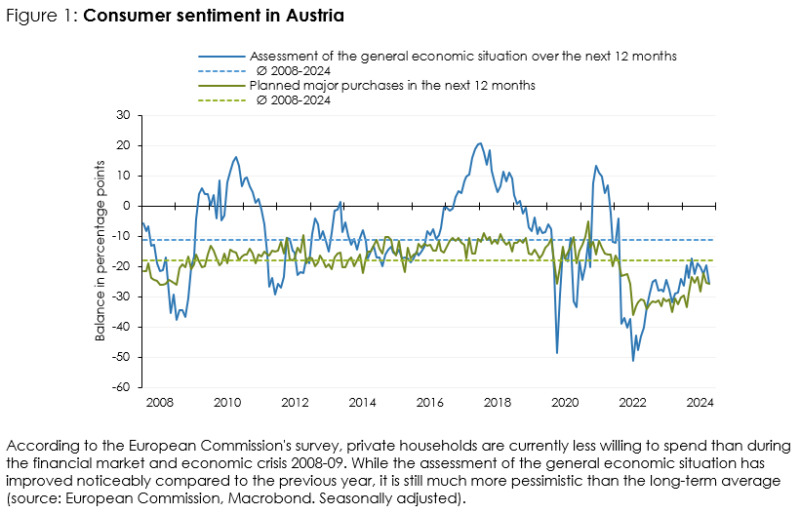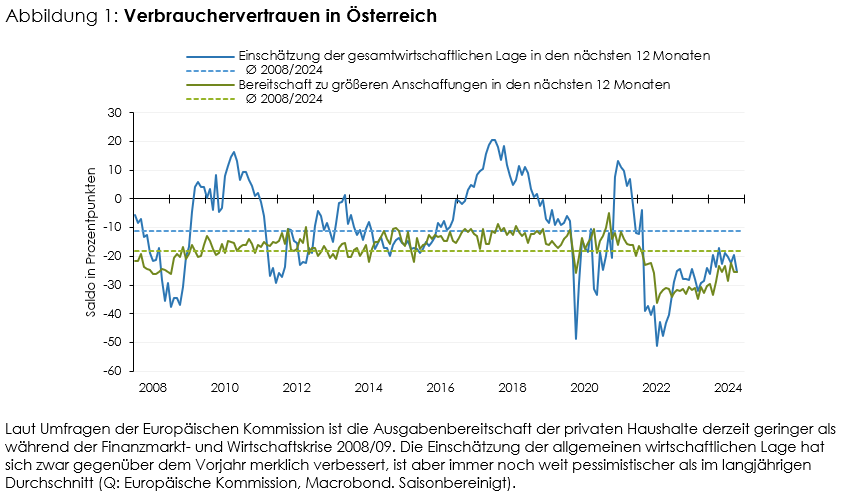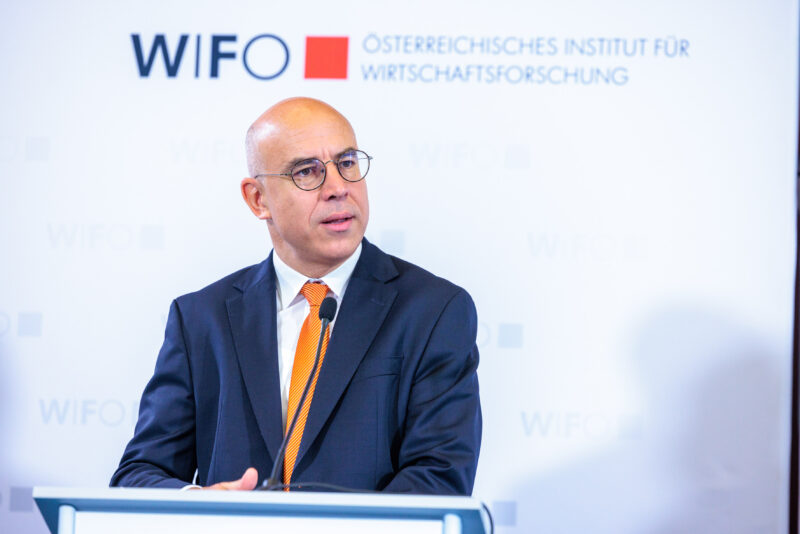
Still No Turnaround in Austria's Industry and Construction Sectors
"The willingness of private households to spend is currently low. Private consumption is therefore not supporting the economy, as is usually the case during downturns", says Stefan Ederer, author of the latest WIFO Business Cycle Report.
The economic situation in Austria continues to be characterised by the ongoing recession in the industrial and construction sectors, which is also affecting parts of the services sector. Business sentiment remains pessimistic, suggesting that the industrial and construction sectors are unlikely to have bottomed out yet. In addition, low consumer confidence is dampening private households' willingness to spend, even though private consumption in the summer months was higher than in the previous period. GDP grew by 0.3 percent in the third quarter (according to WIFO's Flash Estimate) and was thus roughly on a par with the previous year.
The weakness in industry is also evident in other countries, particularly in the euro area and the USA. Global trade and global industrial production increased over the summer. However, this was mainly driven by the emerging markets, whereas goods exports and production in the industrialised countries have hardly gained any momentum so far. The main reason for this is China's weak demand for imports, which is likely to have both cyclical and structural causes. In the USA, consumer spending by private households is developing robustly and supporting the economy, resulting in another significant increase in GDP in the third quarter. In the euro area, real GDP growth picked up slightly, although this may partly reflect the impact of the Paris Olympic Games.
The recession in the Austrian industry and construction sectors is also reflected in the labour market. In both sectors, dependent active employment in September was significantly lower than in the previous year. In the total economy, however, it increased slightly in October according to estimates by the Federal Ministry of Labour and Economy (BMAW). However, the number of unemployed persons and persons in training registered with the Public Employment Service Austria (AMS) also rose sharply. The seasonally adjusted unemployment rate according to the national definition recently stood at 7.3 percent.
According to Statistics Austria's Flash Estimate, consumer price inflation remained at 1.8 percent in October. The decline in energy prices had a dampening effect, while prices for services, food, alcohol and tobacco remained buoyant.


Publications
Please contact
















